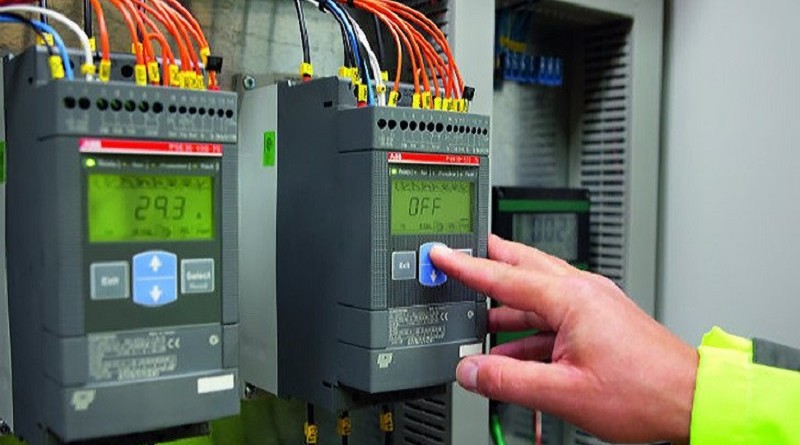Explaining the Work & Purpose of Soft Starters
AC motors have the ability to self start thanks to the interaction between the rotor winding flux and rotating magnetic field flux, which causes high rotor current as torque increases. As a direct result, the stator draws high current and by the time the motor reaches full capacity, a large amount of current is drawn. Because the current is greater than the rated current at that point, it can heat up the motor and eventually damage it. In order to prevent this, I suggest you use a motor soft starter. In addition, I’ll attempt to briefly explain what they are, their different types and what are the advantages of using them.
In technical terms, a motor soft starter is a device which reduces torque applied to an electric motor. It usually consists of solid state devices like thyristors to control the application of voltage supply to the motor. The soft starter operates on the basis that the torque is proportional to the square of the initial current, which in turn is proportional to the applied voltage. There are two basic types of controls using soft starters – open control and closed loop control.
In the open control type, a start voltage is applied with time, irrespective of the speed of the motor or drawn current. For each phase 2 SCRs are connected and conducted initially at a delay of 180 degrees for the respective half wave cycles that each SCR conducts. This delay is reduced with time until the applied voltage inclines up to the full supply voltage. This method is not relevant because it doesn’t control the motor acceleration.
The closed loop control monitors and controls any of the motor’s output characteristics like speed or current drawn, and in the process modifies accordingly to the adequate response. The current in both phases is monitored and if it surpasses a certain set point, the time voltage inclination is stopped.
Almost every motor soft starter is comprised of two components – control logic and power switches. The control logic uses microcontrollers or PID controllers to control the application of gate voltage to the SCR. In other words, it controls the firing angle of the SCRs to make the SCR conduct at the necessary part of the supply voltage cycle. The power switches need to be phase controlled like the SCRs and are applied to each part of the cycle.
So I suggest getting a soft starter if you’re looking to improve efficiency of the motor, smoothly control motor acceleration and control the starting current smoothly by easily changing the starting voltage, thus ensuring a smooth start of the motor without jerks. Added with their low cost and size, the soft starters are the best option for controlling the torque output of your motor, preventing damage and expanding its life expectancy.

